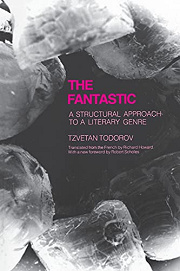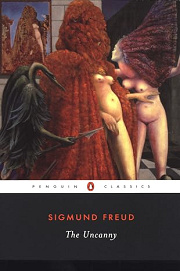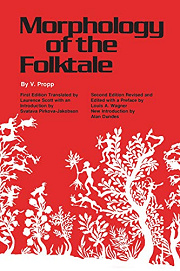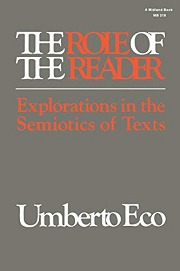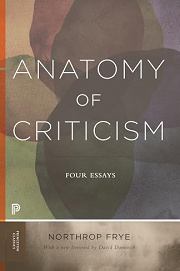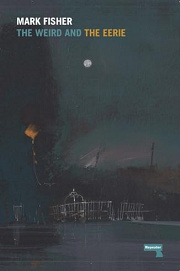Share your thoughts in a quick Shelf Talk!
The Fantastic: A Structural Approach to a Literary Genre by Tzvetan Todorov
Where does the uncanny end and the marvelous begin? With elegant precision, The Fantastic: A Structural Approach to a Literary Genre defines the fleeting moment of hesitation at the heart of fantastical tales, offering a lens that sharpens every reading of the strange.
Have you read this book? Share what you liked (or didn’t), and we’ll use your answers to recommend your next favorite read!
Love The Fantastic: A Structural Approach to a Literary Genre but not sure what to read next?
These picks are popular with readers who enjoyed this book. Complete a quick Shelf Talk to get recommendations made just for you! Warning: possible spoilers for The Fantastic: A Structural Approach to a Literary Genre below.
In The Fantastic: A Structural Approach to a Literary Genre, did you enjoy ...
... the ontological “hesitation” between natural and supernatural explanations?
The Uncanny by Sigmund Freud
You were drawn to how Todorov pinpoints that shiver of doubt—the moment a reader hesitates, as in Henry James’s The Turn of the Screw or Hoffmann’s The Sandman. Freud zeroes in on that same uneasy edge, unpacking doubles, automata (he famously reads Olympia in Hoffmann), and déjà vu to explain why stories that flirt with the inexplicable feel so unsettling. If you loved Todorov’s calibration of the boundary between the uncanny and the marvelous, Freud gives you the psychological machinery behind that feeling.
... a rigorous taxonomy that clarifies how stories work beneath the surface?
Morphology of the Folktale by Vladimir Propp
If Todorov’s clean distinctions among the uncanny, the fantastic (with its readerly hesitation), and the marvelous thrilled you, Propp’s 31 narrative functions will scratch the same itch. Where Todorov maps modes using examples like Poe’s psychological ‘explanations’ versus outright marvels, Propp decomposes tales at the structural level—heroes depart, donors test, villains struggle—revealing a repeatable grammar that undergirds stories from Afanasyev’s Russian folktales to the kinds of wonder-tales Todorov places on the marvelous side of the line.
... how readerly uncertainty generates meaning in ambiguous tales?
The Role of the Reader by Umberto Eco
Todorov insists that the fantastic lives in your hesitation—think of the governess’s contested ghosts in The Turn of the Screw. Eco builds a whole toolkit for that experience: the “model reader,” open texts, and interpretive strategies that explain how ambiguity invites and constrains our choices. If you enjoyed Todorov’s close readings of wavering cases (like whether a ‘possession’ admits a rational account), Eco shows how readers co-author those meanings—without collapsing into anything-goes relativism.
... system-level patterns of myth and symbol that organize literature?
Anatomy of Criticism by Northrop Frye
Todorov’s categories—uncanny, fantastic, marvelous—offer a map of modes; Frye offers the atlas. If Todorov’s use of examples like Hoffmann or Poe helped you see how a single motif tips a tale toward rational or supernatural frames, Frye’s mythoi (comedy, romance, tragedy, irony/satire) and symbol phases show how recurring images and narrative energies scaffold whole literary systems. You’ll get that same satisfying click of pattern-recognition, but across symbolism and genre at a grand scale.
... crisp, accessible theorizing about neighboring modes to the fantastic?
The Weird and the Eerie by Mark Fisher
If you appreciated Todorov’s clear, economical prose while he sorted uncanny rationalizations from marvelous intrusions, Fisher offers a lucid companion map next door: the weird (intrusion of the outside) and the eerie (absence or agency). Reading Lovecraft’s cosmic ruptures, M. R. James’s ghostly presences, and even Picnic at Hanging Rock, he triangulates the same borderlands of explanation and anomaly that Todorov highlights—without the jargon, and with striking contemporary examples.
Unlock your personalized book recommendations! Just take a quick Shelf Talk for The Fantastic: A Structural Approach to a Literary Genre by Tzvetan Todorov. It’s only a few questions and takes less than a minute.
